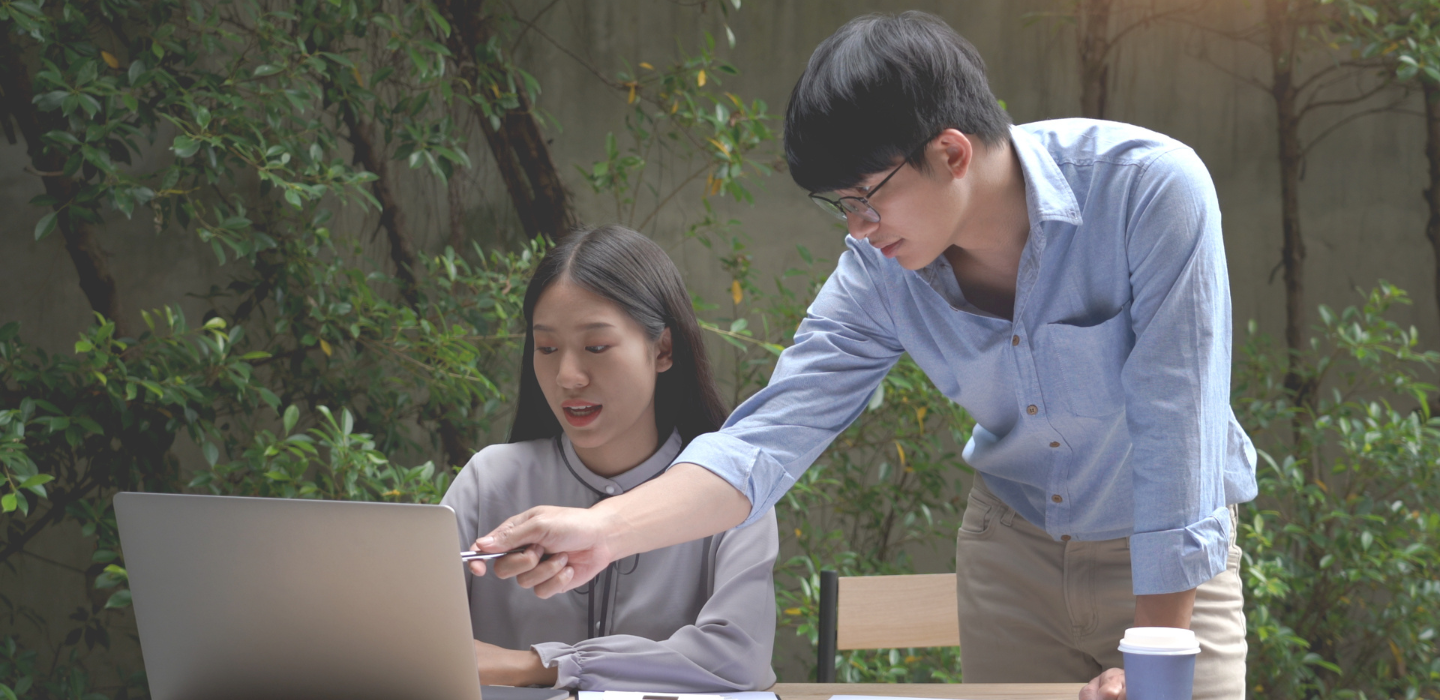Creating a healthy and safe indoor work environment for employees, which has long been overlooked, emerged front and centre in the post-Covid working world.
As the pandemic clearly showed, transmission of the virus only reduced when human contact was minimised. Now that people have returned to offices with hybrid working the new norm, protecting the health and wellness of workers cannot be taken for granted.
Many firms have reconfigured their workspaces to support flexible work practices, such as hot-desking arrangements, where workstations and desks are only available on a first-come-first-served basis.
While a safe building is part of a more complex solution for keeping infectious diseases at bay, workspaces need to continue evolving to ensure better health for workers in this post-Covid landscape, where shared spaces may in fact be used more intensively than before.
The systems that condition and distribute air around offices maintain high indoor air quality. However, they consume much energy and produce substantial greenhouse gases (GHGs), which include carbon dioxide.
An office worker typically spends between eight and 10 hours a day working at his desk. Keeping workers healthy is therefore of utmost importance on the firm’s list of priorities. Companies will go beyond providing physical comfort to improving the physiological wellness of workers, believing that healthy and happy workers are more productive.
Office buildings in Singapore and many tropical countries are mostly enclosed to keep hot air and humidity out. Air-conditioners are widely used to artificially improve air quality and thermal comfort in offices.
During the pandemic, the enclosed indoor environment – which is airtight from the outside but with conditioned air circulated internally via a ducting system – had become particularly vulnerable to disease transmission.
Some landlords, such as Guoco Tower’s owner GuocoLand, use a state-of-the-art design that includes high-performance air filters and also an ultraviolet germicidal irradiation system, which kills 90 per cent of airborne pathogens with ultraviolet light in the air handling units (AHU) before pumping the air back to the office spaces, thereby ensuring hygiene and the safety of people working there.
The high-tech equipment is a capital-intensive investment integrated into the building system to improve indoor air quality. However, the system may not be financially viable for older buildings. And the existing building design may not be able to accommodate such a sophisticated system.
Reducing the carbon footprint of offices
The mechanical system offers an active layer of defence to remove carbon dioxide and other pollutants from buildings. It kept the virus out of buildings during the pandemic, while now continuing to maintain high indoor air quality in office buildings.
The air distribution system is widely used to recycle air within enclosed buildings. Fresh air is mixed with recycled air at the AHUs before being pumped as conditioned air into office spaces. However, the process is energy-intensive and produces substantial GHGs.
GHGs increase the Scope 1 and 2 carbon footprint in buildings. Scope 1 is the direct source of GHG emissions generated from building activities, including cooling, lighting and other activities. Scope 2 is an indirect GHG emission from power generation sources, which mostly rely on fuels and gases in Singapore. Clean and renewable energy sources using solar power are still limited.
Operational and embodied carbon are two main sources of carbon emissions in buildings. The mechanical cooling system that consumes energy to provide thermal comfort will continue to emit operational carbon, as long as buildings are open for business. Non-eco-friendly material used in office renovations contains harmful chemicals that could continue to emit toxic gases and embodied carbons for many years after renovations have completed.
While supporting thermal comfort and operational activities in buildings, strategies should also be implemented to prevent net increases in carbon footprints in office buildings.
One passive, cost-effective strategy is to use indoor farming along corridors, pantries and lobbies to extract carbon from indoor space. Singrass’ smart eco-farm model is one such design that could use existing cooled air and ancillary office spaces to grow edible vegetables.
Vegetation will absorb carbon dioxide to make food during photosynthesis and release oxygen as a by-product into the air. The air-con environment in the office provides the right temperature for the vegetables to grow. Vegetables can also be harvested and shared with employees for consumption. Getting employees to participate in indoor farming could promote social capital outside the usual work hours.
The “farm-to-table” food chains in offices could supplement but not substitute for conventional supply sources. However, it can cut down Scope 3 carbons by shrinking the distance between the source and the table, and hence, reduce carbon emissions along the supply chains, which include those generated from farmers, to cold storage and supermarkets. It also adds resilience to food security if indoor farming becomes more prevalent in offices.
While we should not let our guard down against another wave of infectious disease attacks, balancing thermal comfort and GHG emissions should also be an important environmental, social and governance agenda of firms in town.
The article first appeared in The Business Times.




